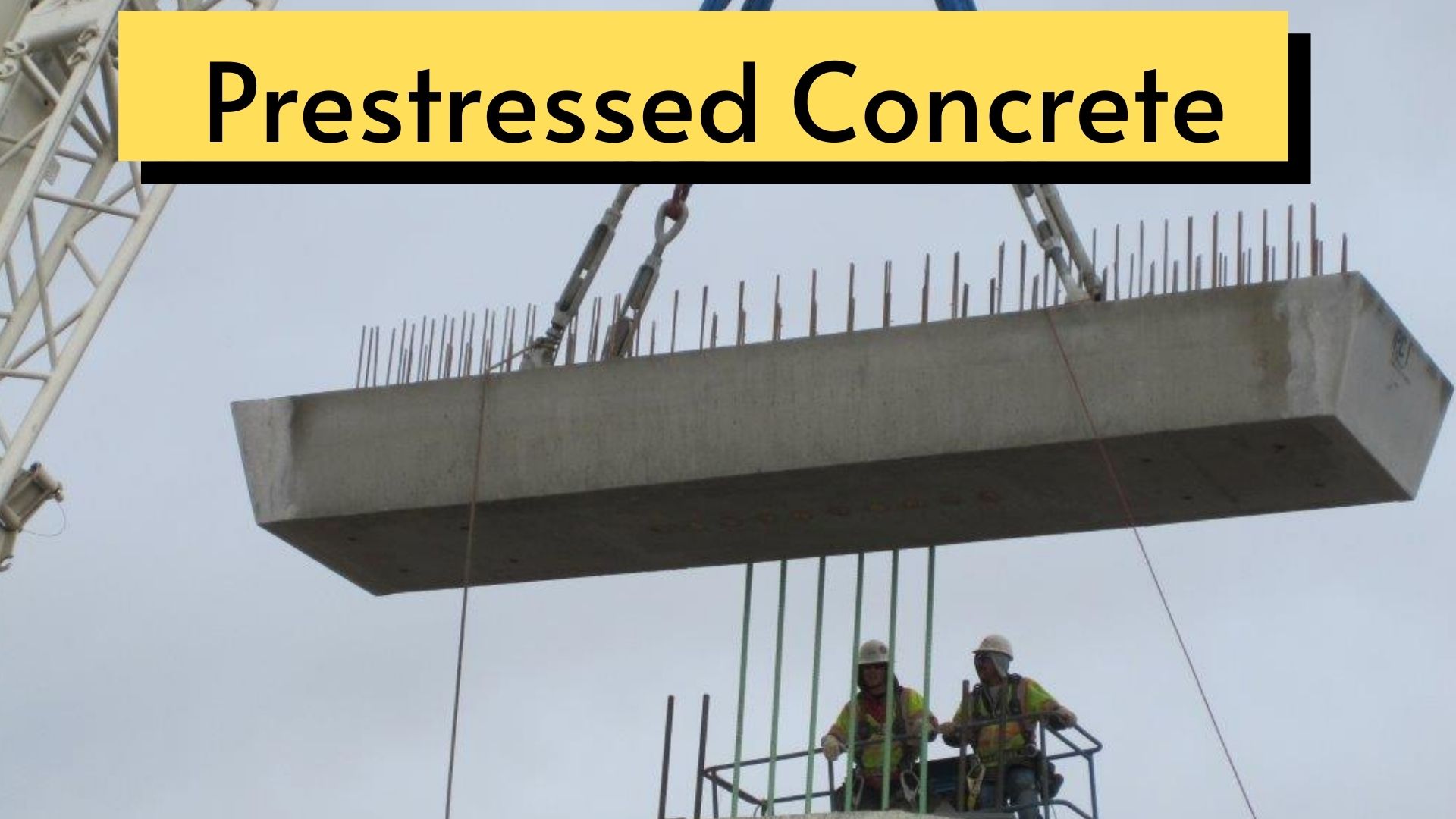The Basic Principle of pre-stressing

Pre Stressed Concrete Definition
“Concrete in which there have been introduced internal stresses of such magnitude and distribution that the stresses resulting from given external loadings are counteracted to a desired degree. The prestress is commonly introduced by tensioning the steel reinforcement”
Prestressed Concrete Advantages and Disadvantages
Advantages of Prestressed Concrete:
As compared to reinforced concrete, prestressed concrete has the following advantages:
1. Freedom from Cracks: Since no tensile stress is induced in the structure, the concrete member shall be free from cracks.
2. Enhanced Durability: Since concrete remains un-cracked which makes the structure weather resistant and durable.
3. Higher Stiffness Smaller Deflection: Because of the un-cracked conditions of concrete, the stiffness of the structure is more.
4. Dead Load reduction: Because of full use of concrete in tension zone also, slender sections are achieved.
5. Higher Shear resistance: Because of pre-compression, shear-resisting capacity is also increased
6. Applications for Liquid retaining structure: Because of the un-cracked conditions such structures can be used as liquid retaining structures.
7. Long span structures: Because of the reduced dead weight a PSC member is suitable for long spans.
8. Higher Fatigue resistance: On account of the absence of cracks the resistance of PSC to alternating loads of fatigue is better
Disadvantages of Prestressed Concrete:
1. Prestressed concrete requires high-quality dense concrete of high strength. Perfect quality concrete in production, placement and compaction is required.
2. It requires high tensile steel, which is 2.5 to 3.5 times costlier than mild steel.
3. Prestressing process requires complicated tensioning equipment and anchoring devices.
4. Construction requires perfect supervision at all stages of construction.
5. Prestressed concrete needs skilled labors.
Applications of Prestressed concrete
1. Prestressed concrete Bridges (precast girders, box girders, segmental bridges): In bridges, PSC is used to increase the possible spans of bridge and to make the bridge more durable under moving traffic conditions.
2. Post Tensioned Slabs in buildings: PSC is used to reduce the overall weight of building thereby reducing the seismic forces and making the building economical. These slabs can also span larger distances thereby reducing the number of columns in the building.
3. Prestressed Beams and Girders for building construction: These are used in precast construction like factories and warehouses. These are durable and can span large distances.
Also read: Pre-stressed concrete -Types of Pre-stressed concrete systems

